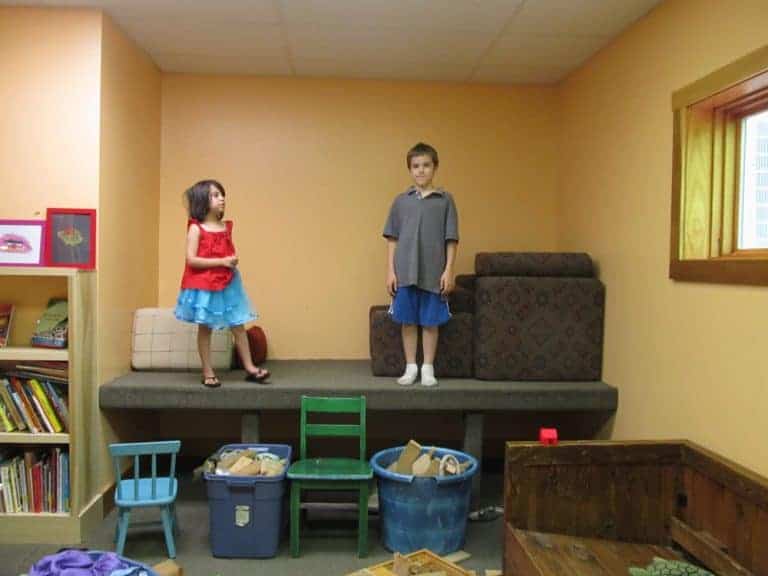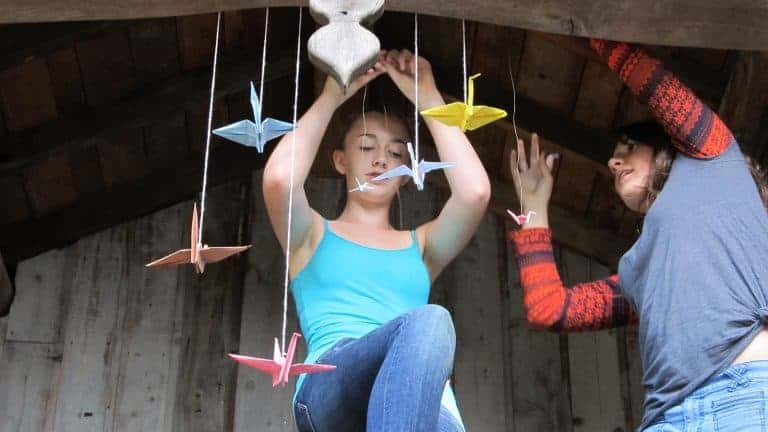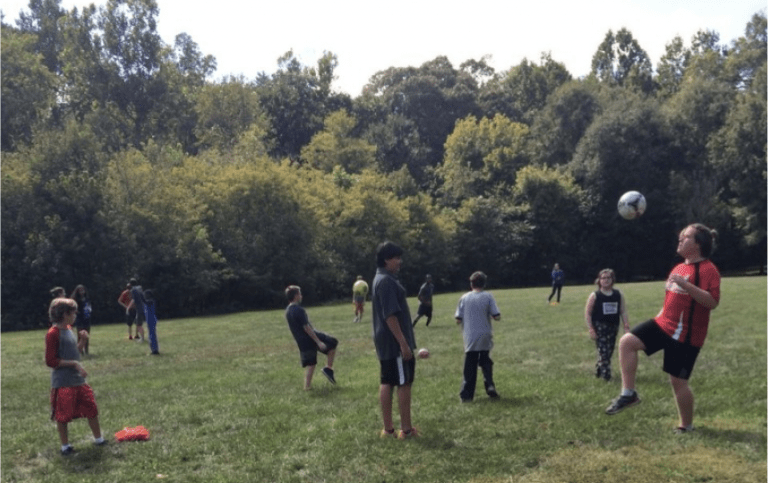Luminous Debris
The best book I read in 2010 (and one I’ve used in my Creative Writing class here at school) might just be expatriate poet Gustaf Sobin’s essay collection Luminous Debris: Reflecting On Vestige In Provence And Languedoc. In it the late author writes brief meditative essays about prehistoric artifacts in southern France, his home for the last thirty years of his life. His subjects include a Bronze age earring, a human skull with a seashell ear, votive mirrors, and toponyms (place names.) A slow read, to be sure, yet one that connects the past with the present, archeology with ontology, and the reader with both himself and others.
The second chapter in Part III is entitled Undulant-Oblique: A Study Of Wave Patterns On Ionico-Massalian Pottery. Among the fragments and potsherds of his ideas, I found some passages that called to mind, out of nowhere, the process of Sudbury education. In the ceramic remains found in what is present-day Marseilles, Sobin identifies a clear break in decorative patterns on pottery from more organic forms to more linear, circumscribed forms. He writes the following:
***
“…From an elemental vision of emergence, notions of number, of discrete units of articulated time, increasingly predominated. The potter’s hand could only follow. Indeed, in Henri Maldaney’s words, “measure had introduced the idea of limit (peras) into the midst of the limitless (aperion). Between these two extremes, the destiny of rhythm itself would unfold: would die, finally, from inertia, from dissipation.” Would die, finally, with the Latin, cadare, cadentia, the mechanical breath-fall of our own acquired notions of “cadence.”
With the ossification of the wave pattern, we become witness to the cryptic birth of a certain technological ideation. Traveling from Logos to Eidos, we reach- in an amazingly brief period of time- the very thresholds of concept, an order of thought that no longer needs to acknowledge its own origins, inception, emergence. In recognizing no antecedent, it cannot, in turn, generate sequence, translate energy. Static, self-sufficing, it can do little more than replicate- ex nihilo– its own formulations.”
***
Haven’t schools followed a similar movement towards ossification? Don’t Sudbury schools defy the rigidity of compulsory schools? If, on so many levels, “the line” is the Ur-symbol of traditional schools (lining up for recess, the hierarchical line of school administration, the linear curriculum, etc.), isn’t “the wave” the symbol of Sudbury schools (follow your curiosity and interests, flow through your day, pursue the arts, etc.)? Sobin’s observations about emergence and older patterns seem to replicate the very essence of Fairhaven School.
To be clear, notions of time, conceptualization, numbers and order are crucially present here on campus. However, they do not predominate at the expense of less rigid forms. Furthermore, a school that transmits and allows more of an undulant pattern does not necessarily mean an easier school. (The opposite is often true.) However, a Sudbury school does create a place and students more attuned to the actual rhythms of the very lives our students live. Sobin closes his essay this way:
***
“How can we but marvel, discovering one of these potsherds ourselves? At Saint Blaise, for instance, after the winter rains, a fragment may inch its way to the surface out of some excavated cross section. Examining the supple lash of its undulations whipping their way across this all too abbreviated fragment, we might find ourselves wondering what is it, exactly, if not current itself. If not the still-living filament to a lost luminosity. If not, indeed, the limpid inscription that has somehow survived (like Heraclitus’s fragments) its vernal discourse. We might find ourselves asking these questions as we hold the potsherd between thumb and forefinger. Hold it like some kind of key. Hold it like some very particular kind of key to some very particular kind of door. The door, alas, has long since vanished.”
***
Or has it? I submit to Sobin’s readers that here at Fairhaven School and our sister schools around the world, his “lost luminosity” still vibrates, in the eyes and minds of our students, on the pottery wheel in the art room, and in the woods outside. His doors have not vanished. Here, we still hold the keys to “a very particular kind of door,” and that door is open.
Mark McCaig
January, 2011
Sobin, Gustaf
Luminous Debris: Reflecting On Vestige In Provence And Languedoc.
University Of California Press, 1999


